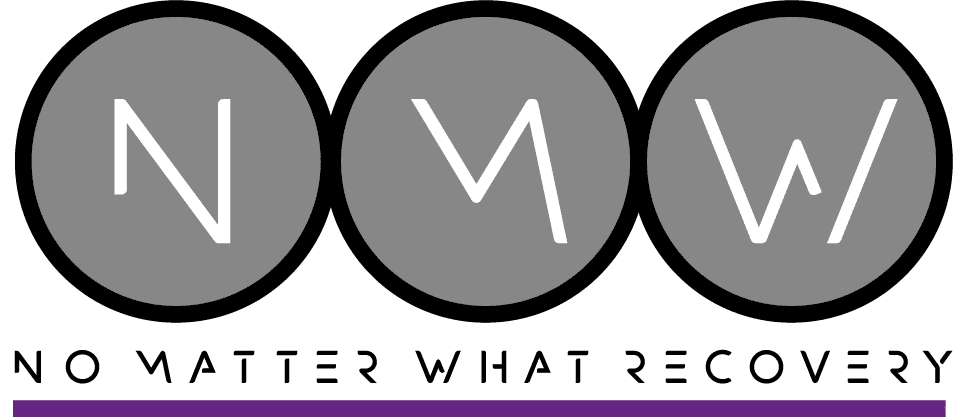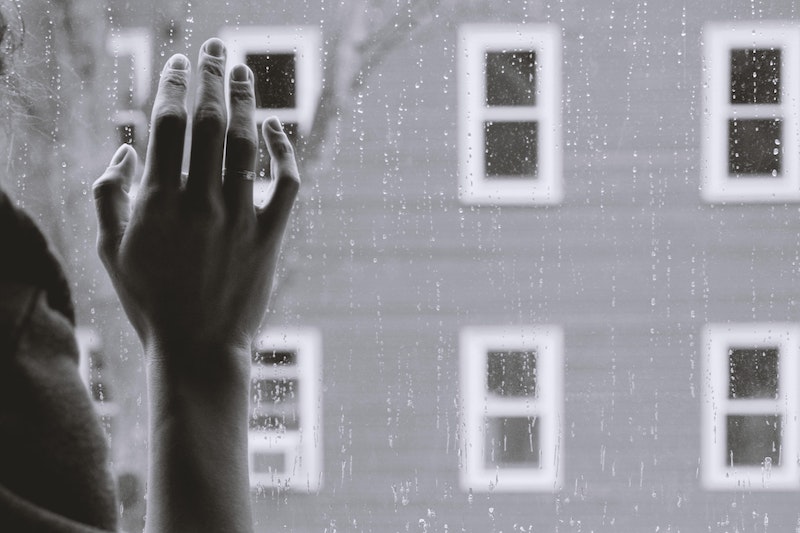4 DBT Therapy Techniques
Anyone with mental health problems or emotional distress should seek therapy. Professionals, such as psychologists, psychiatrists, licensed counselors, and social workers, use different therapeutic approaches.
One of the most commonly used psychotherapies is dialectical behavior therapy (DBT). Psychotherapists can use this approach in individual, group, internet-based, or phone therapy. Before a person decides on this approach, one should be clear about what it is, so that they can get the best out of their therapy sessions.
What is DBT Therapy?
Dialectical behavior therapy is a modified form of cognitive therapy. It aims to teach those struggling with emotional distress or mental health problems in the following ways:
- Live in the moment
- Develop healthy ways to cope with stress
- Improve their relationship with other
- Regulate emotions
These four therapeutic skills are divided into four fundamental techniques, including:
- Mindfulness
- Distress tolerance
- Emotion regulations
- Interpersonal effectiveness
The Benefits of DBT Therapy
Improves Relationships
It Goes Beyond Mental Illness
Improves Quality of Life
DBT therapists teach individuals suffering from mental health conditions how to make changes and move in the right direction. This approach also helps them encounter their life challenges.
Patients who go through DBT therapy also learn how to cope with difficult situations. They learn to solve them on their own or through a support system.
Eradicates Drug Dependency to Cope with Daily Challenges
A good number of people rely on drugs to cope with daily challenges. Drugs help them avoid the reality of life and put them in euphoria. DBT therapy makes patients less likely to use substance abuse to cope with daily challenges. It gives them a healthier self-image and helps them learn how to face their life realities.
Help Patients Avoid Self-Destructive Behaviors
DBT Therapy vs. CBT Therapy
Dialectical behavior therapy (DBT) and cognitive behavior therapy (CBT) fall under psychotherapy or talk therapies. Psychotherapists use these two approaches to treat mental health issues. CBT and DBT focus on the patient’s thoughts, feelings, and behavior.
They aim to improve patients’ self-awareness, re-evaluate their self-destructing behaviors, and help them adopt healthier habits. These treatments also focus on maintaining a therapeutic relationship between the patient and therapist.
DBT builds on the foundations laid out by CBT. This makes it a subset of CBT’s treatment course addressing cognitive restructuring and distorted thinking. These two modalities also involve therapeutic assignments that clients should complete between sessions.
Despite the similarities between DBT and CBT, several factors show a construct between them.
These differences between DBT and CBT include:
Time Commitment
Focus
Interpersonal Relationships
Clinical Presentation
Need a treatment center that actually emphasizes the LGBTQ+ experience? No Matter What Recovery specializes in focusing on trauma and addiction for LGBTQ+!
4 DBT Therapy Techniques
As discussed above, DBT is divided into four main components; mindfulness, distress tolerance, interpersonal effectiveness, and emotional regulation. These techniques separate them from other psychotherapy modalities such as CBT.
Here’s a brief overview of these techniques:
Learning Mindfulness
People can use mindfulness in various aspects of their life. Focusing on it in DBT helps the patient learn how to be completely present in the moment. It’s usually regarded as the foundation of this psychotherapy modality.
People will learn the following through mindfulness:
- Effective participation in goal-directed and value-based behaviors
- Helping them describe their situation in a way that others can understand
- Staying non-judgmental about feelings, emotions, and thoughts


Interpersonal Effectiveness
Interpersonal effectiveness helps a patient focus on positively interacting with people in their life. It also helps navigate stressful challenges and deal with personal relationships.
It focuses on:
- Clear communication
- Learning to say no
- Help ask what you need without experiencing low self-respect
Manage and Tolerate Stress
If someone learns distress tolerance, they are more able to accept change. There are several techniques for destressing that people can learn through DBT.
This technique will help you achieve the following:
- Learn to self soothe
- Improve stressful situations
- Find ways to distract yourself

Regulate Emotions
Emotional regulation refers to learning how to manage and control emotions, especially if they are fiercely intense.
Through this technique, people can learn to improve abilities such as:
- Feeling less vulnerable
- Regulating emotions before they take hold of the person
- Improve confidence through control of feelings
DBT Therapy and the LGBT Community
Because DBT therapy heavily emphasizes both individualized and group therapy, it can be important for people in marginalized communities to be around those they trust.
For individuals who are part of the LGBTQ+, it can be essential to have other members of their community present during treatment. Having other members of the LGBTQ+, allies, and others who understand what it might be like to be queer and in recovery can increase the effectiveness of the above DBT therapy techniques and create long-lasting friendships that carry on even after treatment ends.
Get DBT Therapy with No Matter What Recovery
DBT is an effective mental health treatment. Psychotherapists can use this modality to treat various mental health disorders in children, adolescents, and adults. This can help them deal with associated habits such as drug addiction, eating disorders, and other self-destructing behaviors.
No Matter What Recovery is your best choice when using DBT therapy to treat mental health conditions. We focus on creating a safe and accepting environment that will help you recover in the best way possible. Our trained staff will use evidence-based treatment programs to help our clients achieve a happy and healthier future.
Reach out to us today, and let’s help you or your loved one regain a healthy and happy life from our top-notch rehab facility.









